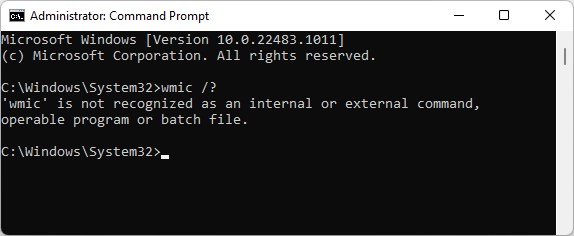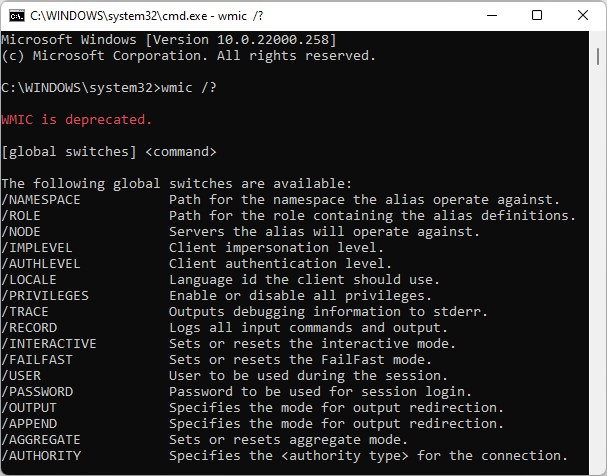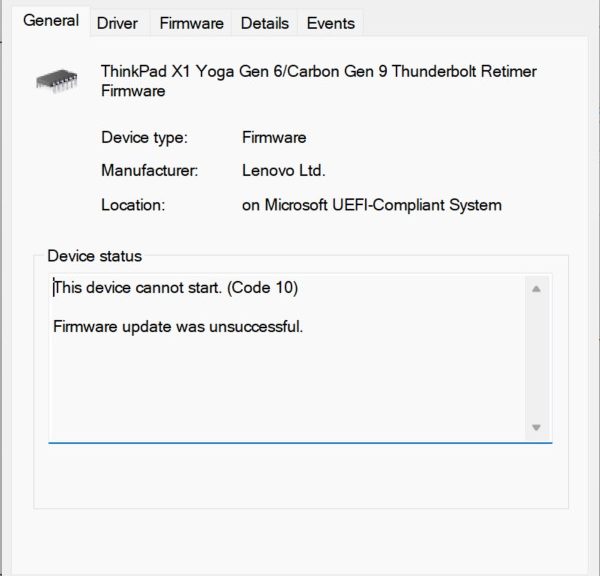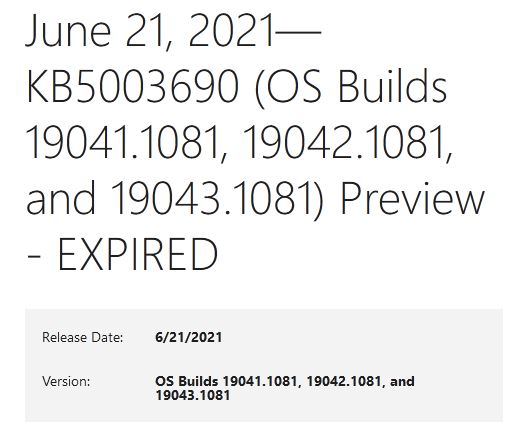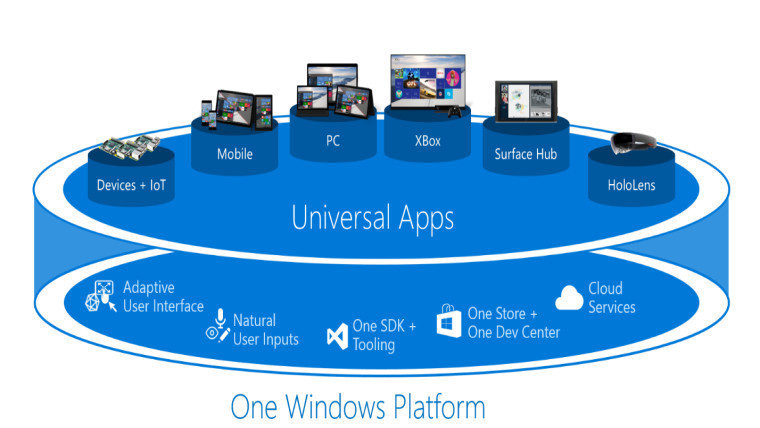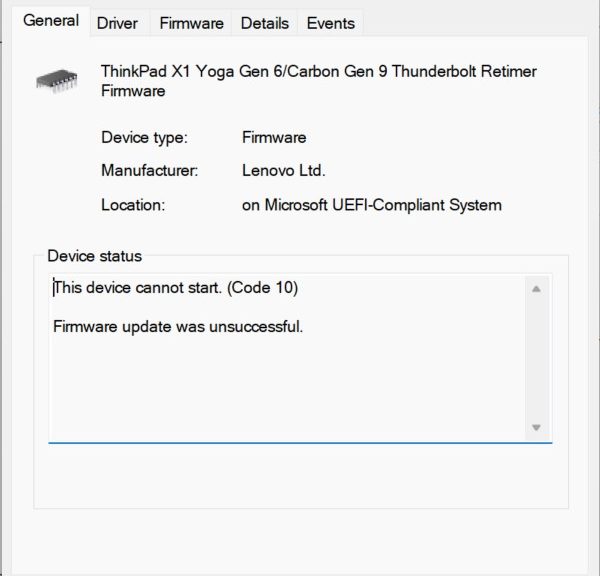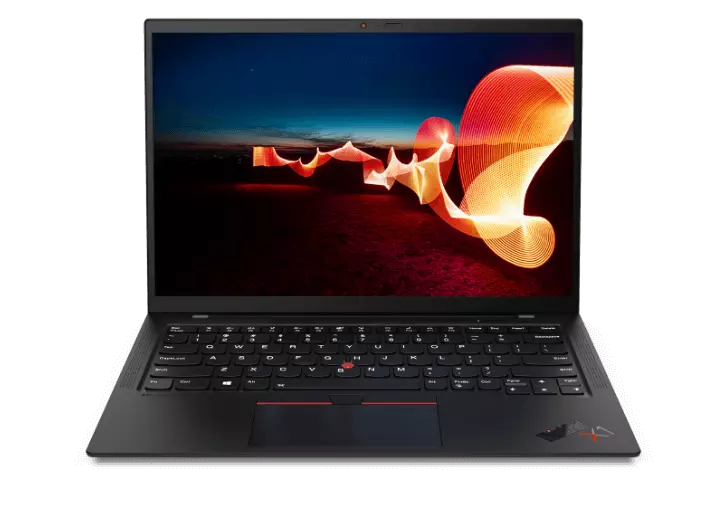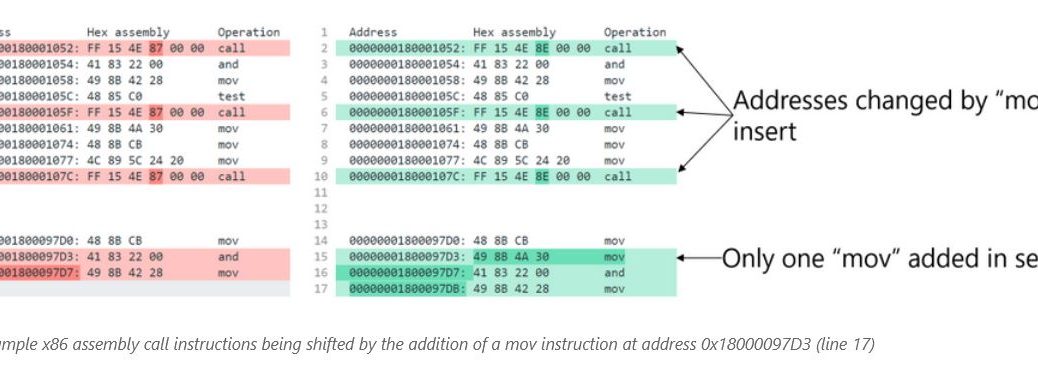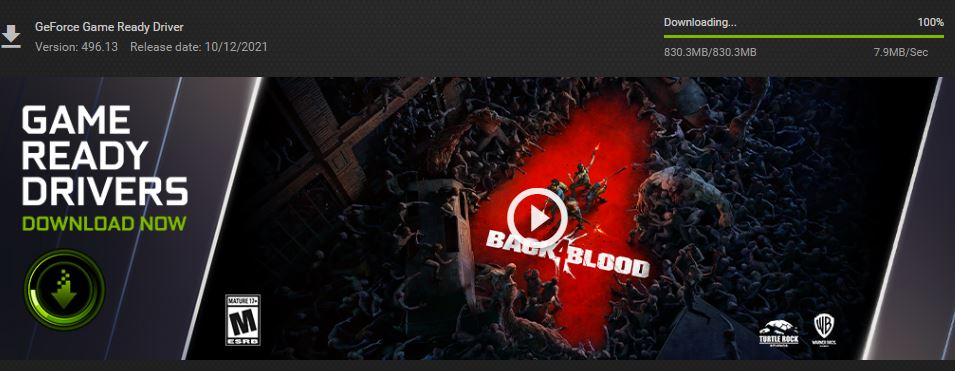Because it was announced in Windows 10 21H1, it was just a matter of time. The Windows Management Interface Command-Line utility, aka WMIC, is deprecated. No longer simply slated for oblivion, WMIC is missing from the Dev Channel version of Windows 11. The lead-in graphic shows what (doesn’t) come up in cmd.exe for Build 22483 and higher. Hence my title: Windows 11 says Sayonara WMIC. For the record, it’s still in production Windows 11 versions but reads “WMIC is deprecated.” in red.
Notice the red text at top of help response. It’s MIA In Dev Channel versions now.[Click image for full-sized view.]
Though Windows 11 Says Sayonara WMIC, WMI Remains Around
Microsoft has good advice for would-be WMIC users. They should use PowerShell replacement cmdlets instead. Turns out that the Windows Management Interface (WMI) remains alive and well. In a story about this change-over, WinAero.com suggests using a specific PowerShell command to learn more:
Get-Command -Noun WMI*
For the record, that string produces the following output that shows this is just the beginning of a sizable set of cmdlet documentation.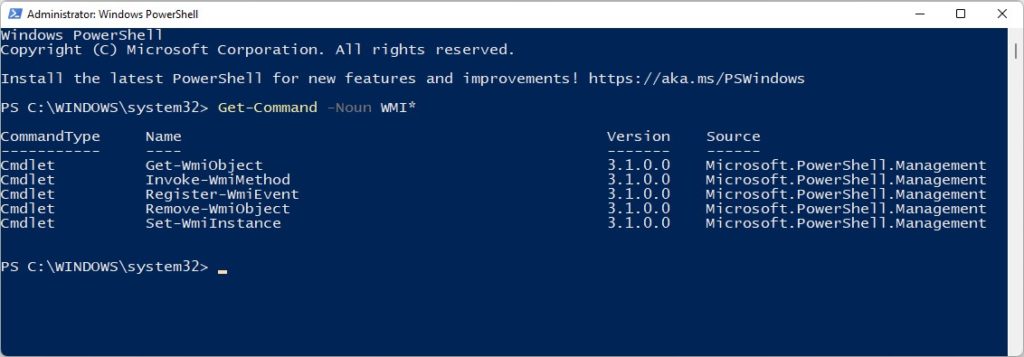
The 5 cmdlet WMI facilities: Get, Invoke, Register, Remove and Set.
[Click image for full-sized view.]
Each of these five facilities has its own muti-level help files. Looks like the switch-over is supported. That said, it requires climbing a new learning curve to bring users under the PowerShell umbrella.
Cheers!
